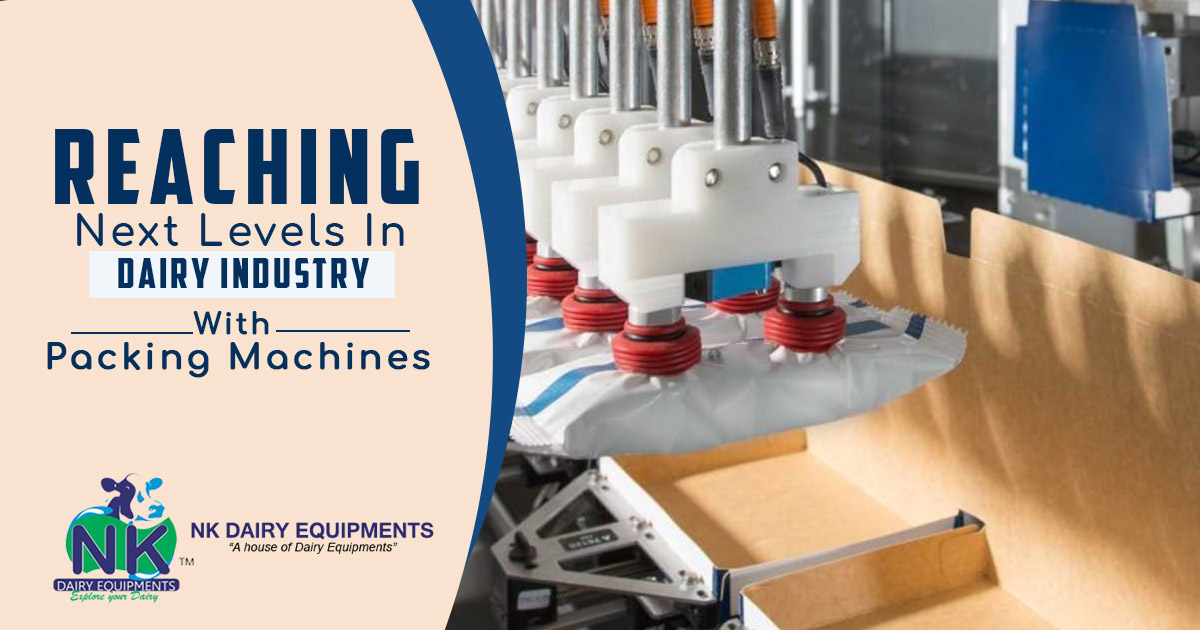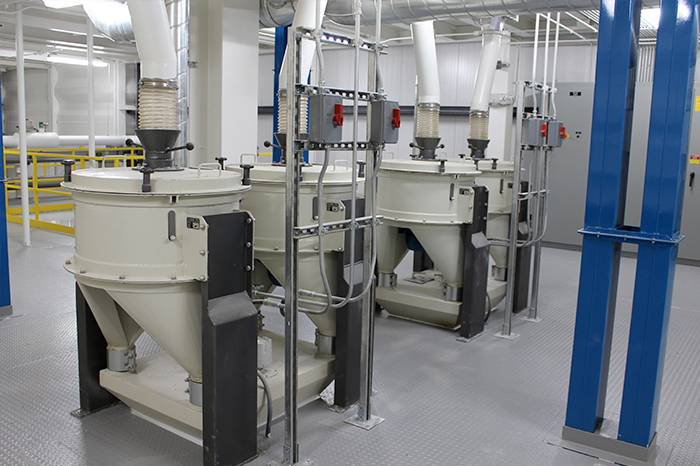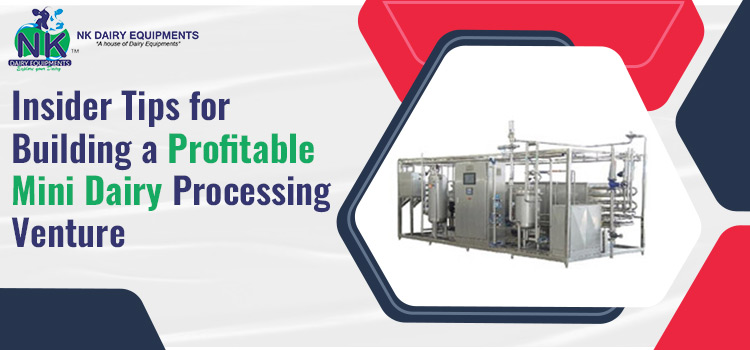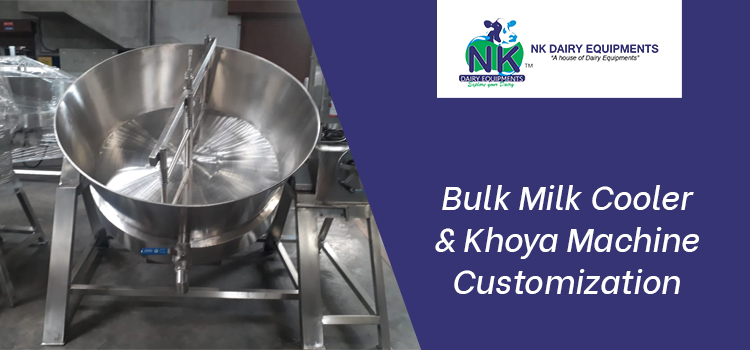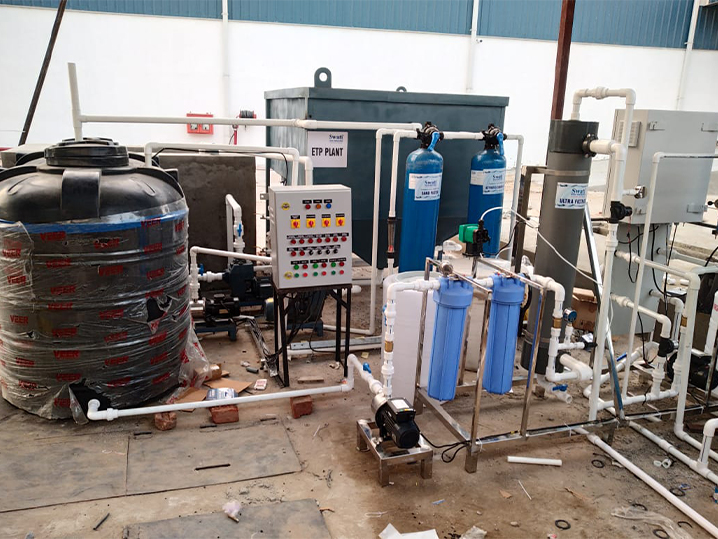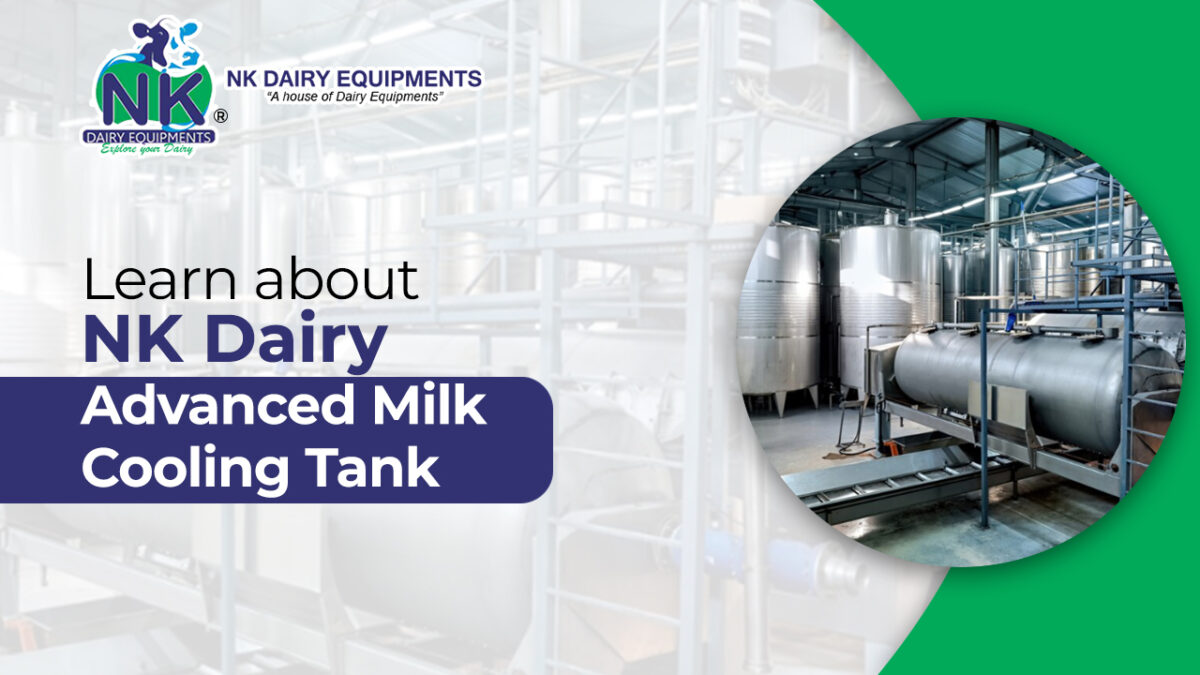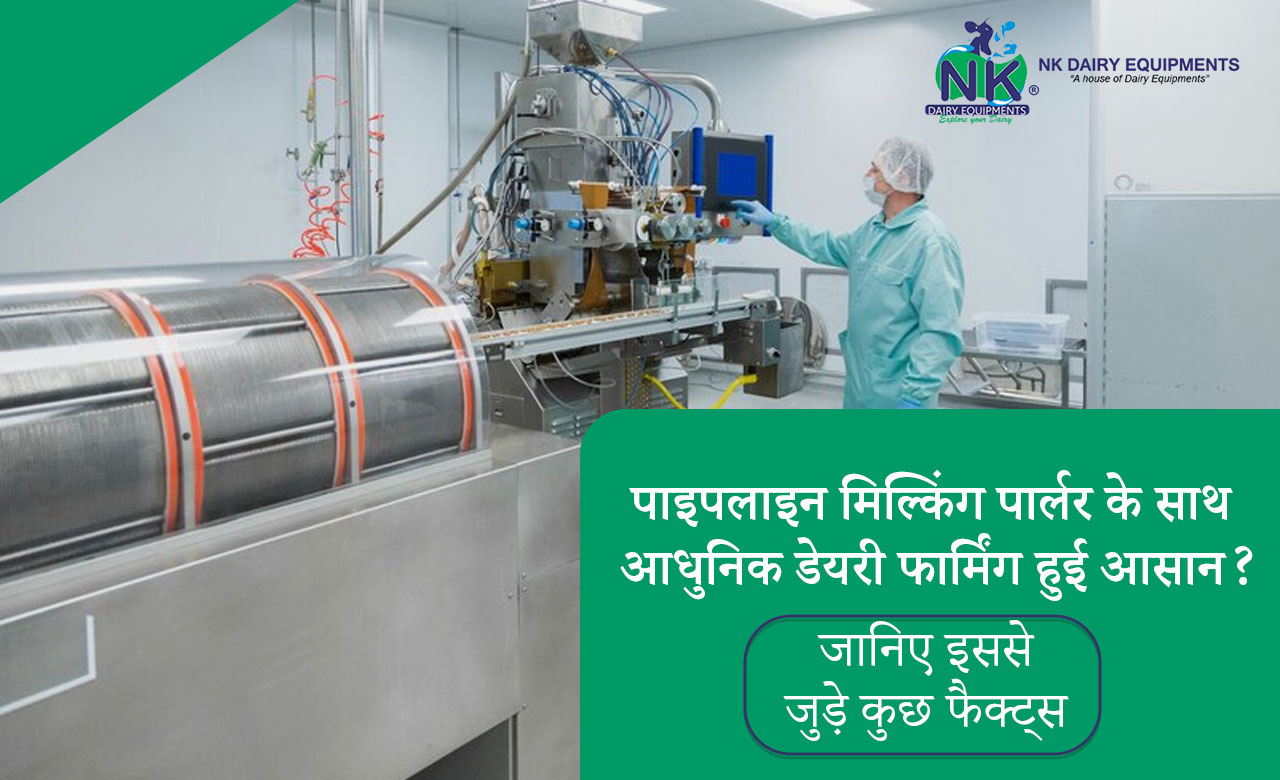Making premium quality Khoya can be an arduous task, wherein one needs to ensure the best possible ingredients are used for the process. No one should even consider the possibility of making Khoya Mawa without any ingredients or quality machines at their expense.
When engaging in Khoya production on a large scale level, it is important to remember that investing in virtuous machinery will be beneficial for everyone in the process. Having reliable machines is a must-have. In the process of making Khoya, temperatures are entirely too important, and so is the consistency of the milk product being used. Anyone who knows about Khoya production can tell you that one must use equipment that will not rust away and add specs of rusted metal into the final product. Handling food at an industrial level is an incredibly fragile business – one is responsible for consumer health and safety.
With NK Dairy Equipment’s excellent production of stainless steel machines, you are assured of receiving products you can trust for your business Khoya Mawa’s manufacturing. At NK Dairy Equipment, we believe in doing our best so all our customers can do the same. Our team is composed of highly technical engineers who oversee the design and production of each product to ensure quality production. NK Dairy Equipment is your one-stop shop for highly efficient food processing machines. For more information, visit our website.




